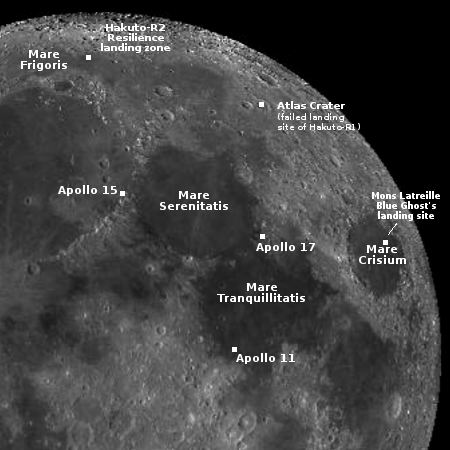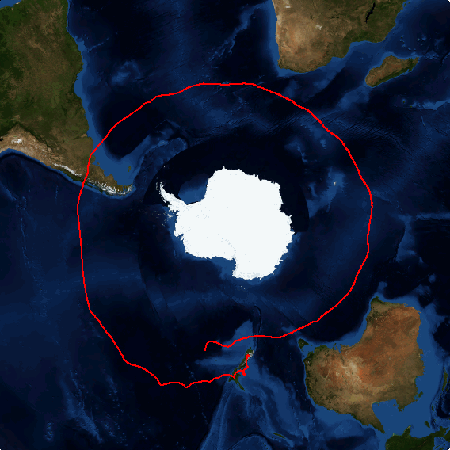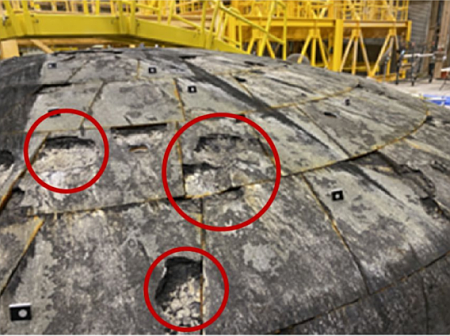Russia signs space agreement with Venezuela
The losers unite! Russia’s state-run press today announced that its government have signed a bi-lateral agreement with Venezuela to work together in space.
Moscow and Caracas have agreed to enhance cooperation in the peaceful use of outer space, including by building a Glonass ground station in Venezuela, according to a bilateral cooperation treaty.
Because of the bankruptcy at both nations, this agreement really doesn’t involve much real space development. All it really does is allow Russia to build a ground station in Venezuela for operating its orbiting Glonass GPS-type constellation, which Russia in turn has been struggling for decades to bring back into full operation after the fall of the Soviet Union.
The losers unite! Russia’s state-run press today announced that its government have signed a bi-lateral agreement with Venezuela to work together in space.
Moscow and Caracas have agreed to enhance cooperation in the peaceful use of outer space, including by building a Glonass ground station in Venezuela, according to a bilateral cooperation treaty.
Because of the bankruptcy at both nations, this agreement really doesn’t involve much real space development. All it really does is allow Russia to build a ground station in Venezuela for operating its orbiting Glonass GPS-type constellation, which Russia in turn has been struggling for decades to bring back into full operation after the fall of the Soviet Union.








